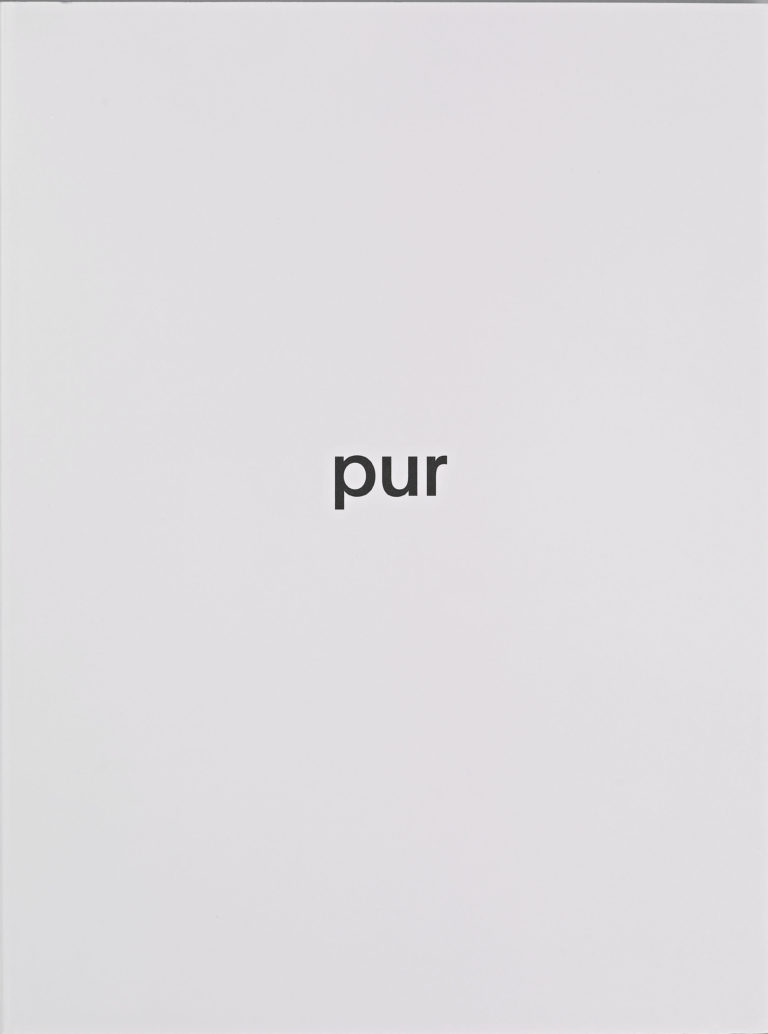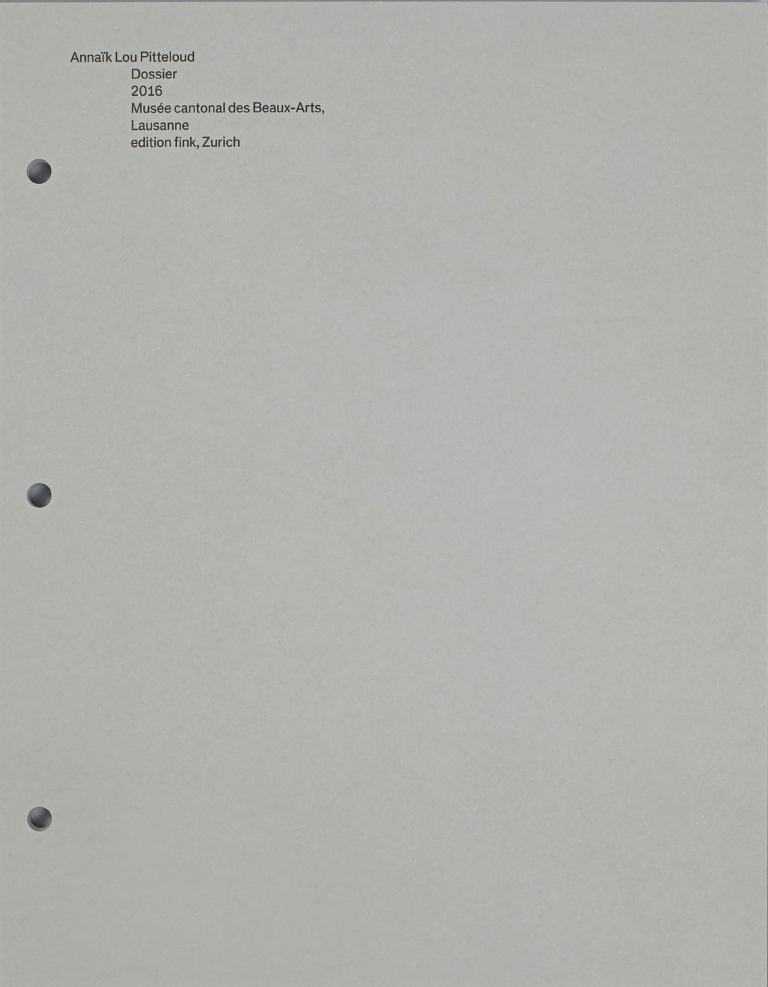![Accrochage [Vaud 2016] &<br> Anne Hildbrand, Prix du Jury 2014<br>Prix culturel Manor Vaud 2016](https://www.mcba.ch/wp-content/uploads/2019/01/MCBA2016_Accrochage_PrixManor_AfficheA4-2304x3283.jpg)
Accrochage [Vaud 2016] &
Anne Hildbrand, Prix du Jury 2014
Prix culturel Manor Vaud 2016
The exhibition showcases the contemporary Vaud art scene, with works selected through an open submission process by a jury of professionals. Whether it be painting, sculpture, photography, or video, the art currently being created in the Canton was put in the spotlight.
Selected Artists
Natacha Anderes, Julien Berberat, Céline Burnand, Loucia Carlier, Frédéric Cordier, Maëlle Cornut, Sylvain Croci-Torti, Anaïs Defago, Jacques Duboux, Guillaume Ehinger, Gaël Epiney, Arthur Fouray, Frédéric Gabioud, David Gagnebin-de Bons, Elise Gagnebin-de Bons, Tarik Hayward, Vincent Kohler, Sofia Kouloukouri, Mickaël Lianza, Line Marquis, Nastasia Meyrat, Banu Narciso, Karim Noureldin, Nathalie Perrin, Virginie Rebetez, Anne Rochat, Léonie Vanay.
The Accrochage [Vaud 2016] Jury
Madeleine Amsler, Independent Curator, Geneva
Damián Navarro, Artist, Lausanne
Samuel Schellenberg, Cultural Editor at Le Courrier
Judith Welter, Director of Kunsthaus Glarus
2016 Jury Award
Tarik Hayward. Awarded for the work presented at this edition, he will have the opportunity to take over a room at the museum for the next edition and design a publication. He follows in the footsteps of Robert Ireland, Bernard Voïta, Yves Mettler, David Hominal, Anne-Julie Raccoursier, Jean Crotti, Elisabeth Llach, Pauline Boudry, Luc Aubort, Lukas Beyeler, and Anne Hildbrand.
Anne Hildbrand. E pur si muove. 2014 Jury Award
Born in Lausanne in 1985, trained at ECAL and HEAD, where she completed her Master’s degree with the distinction of the Prix Ribordy, Anne Hildbrand has been reflecting for several years on the concept of found objects, which she explores in both installations and photographs (slides). Over the years, she has developed a poetic body of work, characterized by a claimed fragility, based on the appropriation and subversion of found objects, words, or images—reframed, reinterpreted, and often whose historical references can only be read through their titles.
For her exhibition, the artist transformed a room of the museum and worked with the space’s data—its height, shapes, and volume—to create an installation that plays with movement and shadow theater. The “found forms” of the frames suspended in space replace the found objects, responding to the site’s characteristics. Tautened with canvas, they evoked an unfinished painting or a projection screen. But no image was projected onto them; instead, it was in the catalogue accompanying the exhibition that the artist presented her slides. The title of the installation and the accompanying publication, E pur si muove, is a phrase attributed to Galileo, which he allegedly uttered in 1633 after being forced by the Inquisition to recant his theory that the Earth revolves around the Sun. The artist plays with this uncertainty to create her own fiction.
Annaïk Lou Pitteloud. Prix culturel Manor Vaud 2016
Trained at the Hochschule der Künste in Bern (2002-2005) and later a resident at the Rijksakademie in Amsterdam (2010-2011), Annaïk Lou Pitteloud quickly gained attention for her photographic practice and the unique position she occupies within this field. Her large-format compositions, rich in narrative cues, are carefully constructed from multiple shots—the real is not captured by the image but replaced by a semblance of documentation that introduces a flaw at the heart of representation.
Since then, her practice has taken a distinctly conceptual turn. Now using various media, the artist directs the viewer’s gaze toward the invisible elements intrinsic to the construction of the image, the institutional space, or even creation itself. With a pared-down language, Pitteloud’s works pose critical questions relating to social issues while also questioning the mechanisms of the art world, its codes of perception, transmission, and presentation.
For her exhibition at the Musée des Beaux-Arts on the occasion of the Manor Cultural Award Vaud, Annaïk Lou Pitteloud created an unprecedented intervention in the museum, The Piece Outside, which she describes as follows: “Open part of the glass roof of the main Rumine hall. Create a point of connection between the museum’s interior and the world. Let the elements influence the room. The museum as a box whose lid is removed. The museum as an object, as material. The museum as a policy.”
The Piece Outside aligns with the rich and long history of exhibitions that have used the empty space of the museum or gallery as their subject. Yves Klein’s iconic 1958 exhibition Le Vide at the Iris Clert Gallery in Paris marked the beginning of what 1960s and 1970s conceptual artists would later develop. Annaïk Lou Pitteloud’s gesture involved opening two panes of the skylight at a time of year when the temperature contrast between the interior and exterior is most tangible. Thus, the cold air of February filled one of the museum’s rooms, delineated by doors added by the artist to maintain the desired climate. Through minimal architectural intervention (adding doors and removing panes of glass), the artist altered the parameters of the exhibition room, which was to be experienced, or more precisely, lived, as it was. The emptiness and coldness simultaneously highlighted the museum’s architecture (which was the only thing “seen”), while also nullifying its function (the stability of the temperature is a key condition for the museum’s conservation function).
However, The Piece Outside was not merely a space, but also an opening, a “point of connection” between the museum and the world. By drawing attention to the skylight through the removal of panes, the piece referred, while subverting, the long history of the window in Western art. The idea of the painting as an “open window” onto the world (Alberti) confronted the absence of an image: The Piece Outside did not open to another world, nor frame a landscape or even a white monochrome; it existed as an absence (the removed pane), opening up a space for mental projection (we imagine the outside without seeing it). The sense of vision was confronted with its limits; the tactile (the sensation of cold) alerted the viewer before the eye to the presence of what the window opens to (the outside, the world). The very ambiguity of the title—the piece could be translated as “The External Work” or “The Work Outside”—suggests that the work is not this empty architecture and this volume of air here and now, but lies elsewhere, in a time and place to come (on the roof, in the city, another time).
The Jury for the Manor Cultural Award Vaud 2016
Silvie Defraoui, artist
Federica Martini, independent curator and director of the Master’s in Visual Arts at ECAV
Pierre André Maus, Maus Frères SA
Chantal Prod’Hom, director of mudac, Museum of Design and Contemporary Applied Arts
The Manor Cultural Award: A Commitment to Young Swiss Artists
The Manor Cultural Award was created in 1982 by Philippe Nordmann to promote emerging Swiss talents still relatively unknown to the public. A true stepping stone, it is awarded every two years by a jury of professionals in twelve Swiss cities: Aarau, Basel, Biel, Chur, Geneva, Lausanne, Lucerne, Lugano, Schaffhausen, Sion, St. Gallen, and Winterthur. The Manor Cultural Award comes at a crucial moment in the career of a young artist: their first exhibition in a major museum, their first catalogue publication. It is a unique opportunity for the awarded artist to give a decisive impulse to their work. The Manor Cultural Award Vaud has been awarded to the following artists: Laurent Huber (1989), Alain Huck (1990), Laurence Pittet (1991), Bernard Voïta (1994), Ariane Epars (1996), Anne Peverelli (1998), Nicolas Savary (2001), Philippe Decrauzat (2002), Didier Rittener (2005), Catherine Leutenegger (2006), Aloïs Godinat (2009), Laurent Kropf (2011), and Julian Charrière (2014).
Publication
The exhibition is supported by


